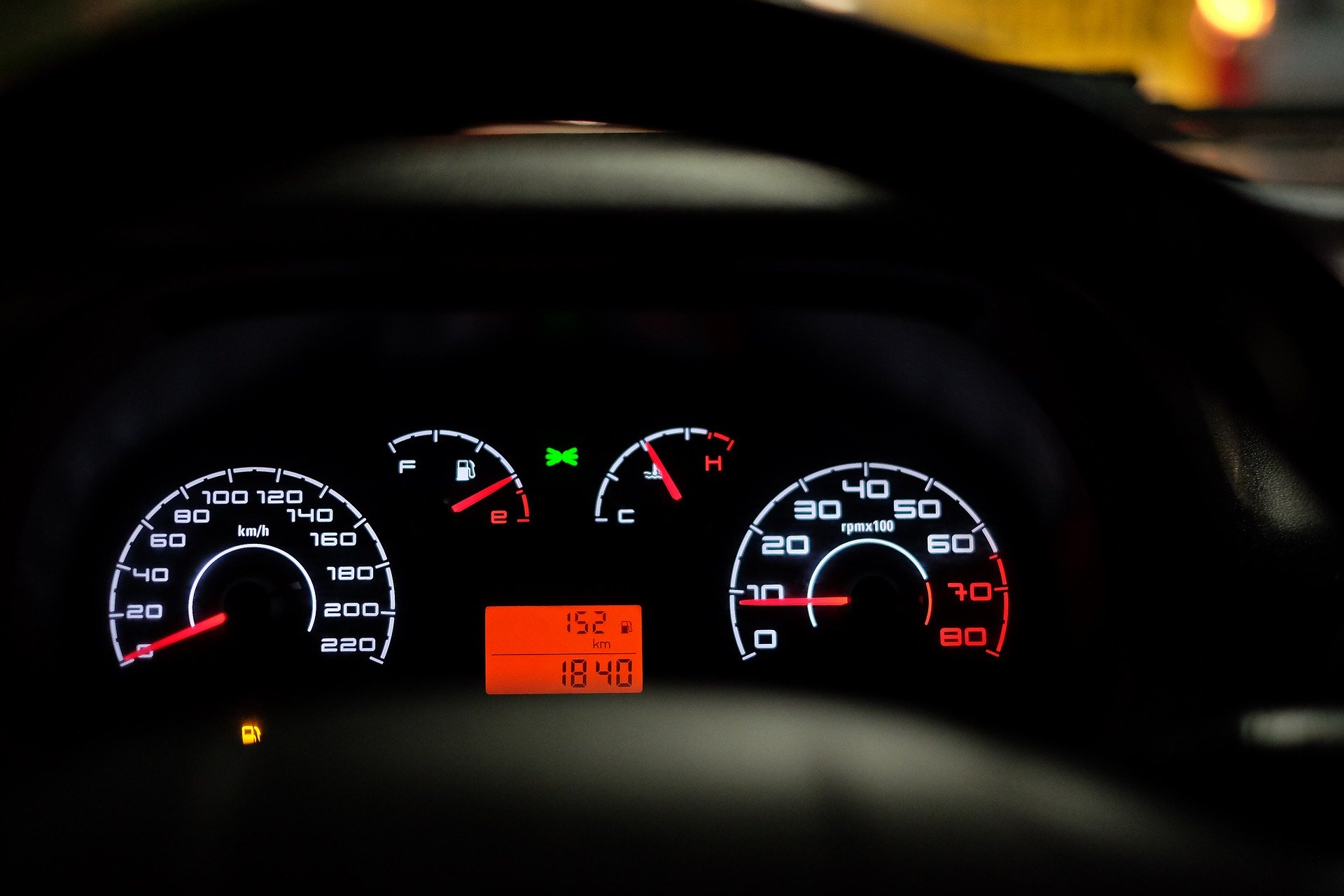April 2020 was met with reports that Covid-19 has infected more than one million people across the world, so it’s becoming increasingly important to follow government guidelines and stay at home, apart from when going shopping for basic necessities. If we’re driving to the shops or are classed as an essential worker and must drive to work, some of us are still using our cars and the need for good hygiene has never been more important.
You may be washing your hands when you get back home, but have you ever considered how you could be contaminating the interior of your car? According to research, cars are dirtier than we realise, with the average car harbouring over 3,862 units of bacteria per square inch — that’s a lot! In simpler terms, that’s 19 times more bacteria than the average toilet seat.
To make sure we’re doing our bit and keeping our personal spaces safe and clean to reduce the chances of spreading germs, here, we’ll discuss how to easily, and properly, clean the inside of your vehicle, whether it’s a new or used car.
1. Wear appropriate clothing
Firstly, before cleaning, make sure you’ve got protecting clothing on. This can include rubber gloves and an apron to keep yourself safe from potential germs.
2. Hoover and remove all rubbish
Start as you normally would and hoover all the dirt and hairs from the interior of your car, including the corners of your mats. Remove your mats and soak them in a tub of hot water and detergent or soap that is mixed well. Leave for around 30 minutes before removing to dry. Don’t forget about your boot — this is where most foreign objects such as shopping and shopping bags will be placed, and these could have germs on.
3. Clean every surface
Wipe all surfaces with a damp rag to avoid spreading excess grunge to other areas.
Clean and prioritise areas that are frequently touched by yourself or passengers, including door handles both inside and out of the car, the steering wheel, seatbelts and seatbelt holders, buttons and dials on the dashboard, the ignition button, the gearstick, arm rests, window switches, the handbrake, and your keys, then work your way through the rest of the car including seats and general surfaces. According to research, the steering wheel harbours more germs than we’d think, with the steering wheel being home to hundreds of units of bacteria. Even in the event where we aren’t faced with a pandemic, it sounds like we should be keeping on top of this anyway!
Shop bought cleaner
Clean your surfaces with interior car cleaner. Autoglym Interior Shampoo is a top cleaning product that can be used anywhere, on both the outside and inside the cabin of your car, including from the steering wheel, to the grill, to upholstery — apart from leather. If you have leather upholstery, we recommend a specialist leather cleaner. When tackling tough stains on outdoor surfaces like driveways, you can purchase driveway cleaner online for an effective solution that complements your car cleaning routine.
Make your own cleaner with household products
If you’re struggling to find cleaning products at your local store at the moment, you can make your own car cleaner with equal parts water and white vinegar. For carpet and upholstery stain remover, mix white vinegar and baking soda to form a paste and scrub this off with a toothbrush, vacuuming up when the stain is gone. If you don’t have vinegar or have ran out, soap and water will work fine, just be careful not to use too much water and be cautious around electrics. However, for window cleaner, spray vinegar onto your windows before leaving to sit for a few minutes and wipe dry with a piece of newspaper. Check what materials are in your car and what is appropriate — if unsure, contact the manufacturer or research online.
4. Disinfect your car
Take an alcohol-based disinfectant and a sponge and rub down the inside of your car, focusing on the previously mentioned most touched parts. If you don’t have an alcohol-based disinfectant, you can use a bleach-free household disinfectant.
Avoid using peroxide, bleach-based cleaners, and ammonia, as although they’re effective in killing germs, they can damage vinyl and plastic, with risk of discolouring your car. If on seatbelt material, bleach can weaken the fabric and put yourself or your passengers at risk. Refrain from spraying glass cleaner on displays as this can damage the anti-glare coatings.
Wash your hands before re-entering your vehicle. You don’t want to deep clean your car, only to bring in new germs.







